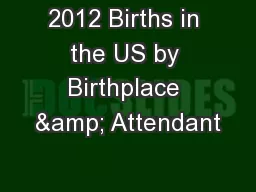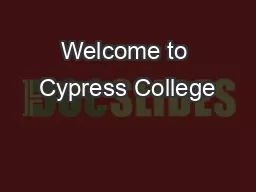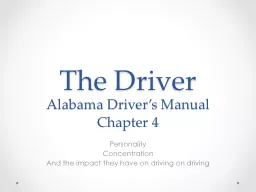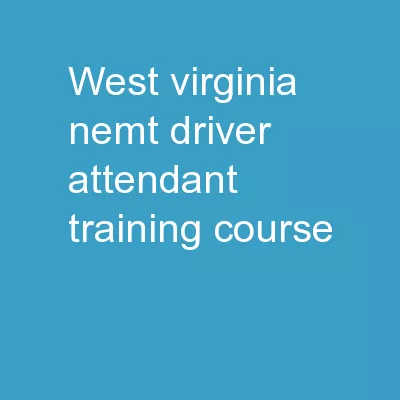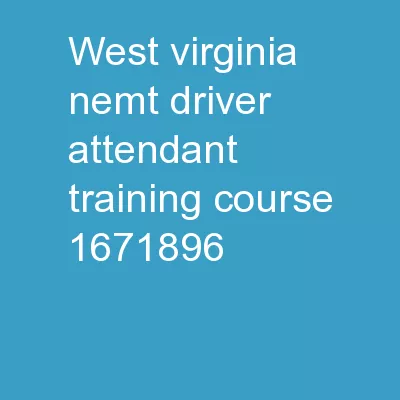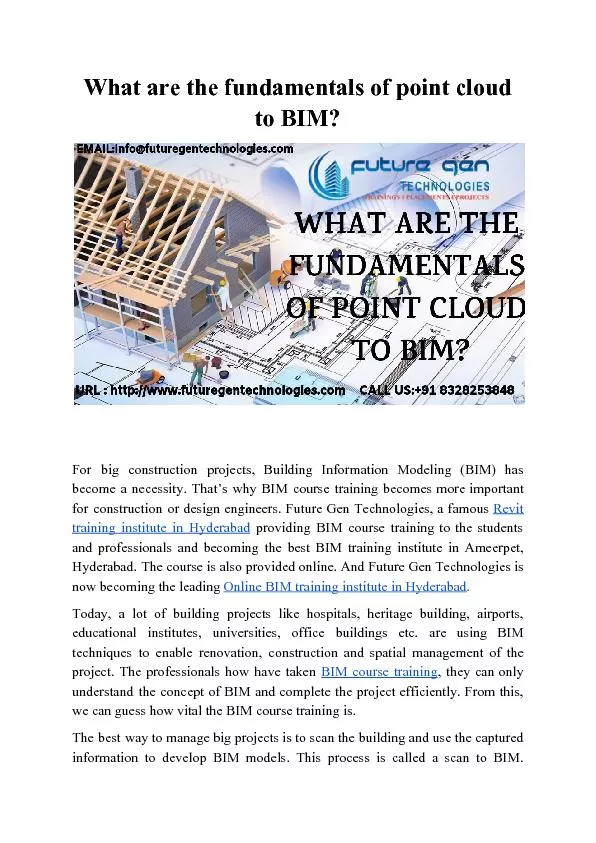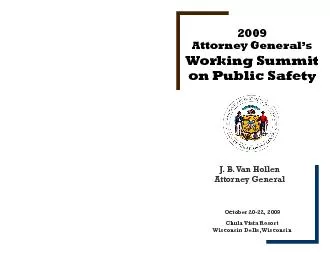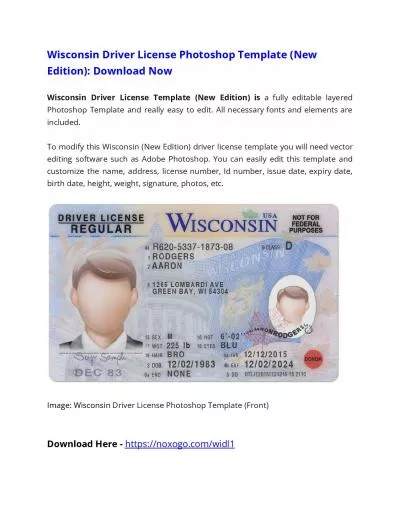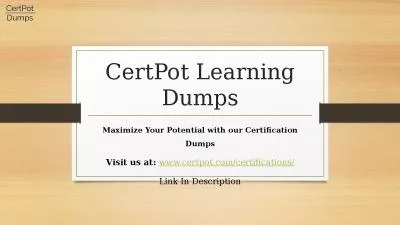PPT-Wisconsin NEMT Driver/Attendant Training Course
Author : alida-meadow | Published Date : 2019-12-16
Wisconsin NEMT DriverAttendant Training Course Agenda Welcome Americans with Disabilities Act ADA amp civil r ights Customer service standards Passenger amp wheelchair
Presentation Embed Code
Download Presentation
Download Presentation The PPT/PDF document "Wisconsin NEMT Driver/Attendant Trainin..." is the property of its rightful owner. Permission is granted to download and print the materials on this website for personal, non-commercial use only, and to display it on your personal computer provided you do not modify the materials and that you retain all copyright notices contained in the materials. By downloading content from our website, you accept the terms of this agreement.
Wisconsin NEMT Driver/Attendant Training Course: Transcript
Download Rules Of Document
"Wisconsin NEMT Driver/Attendant Training Course"The content belongs to its owner. You may download and print it for personal use, without modification, and keep all copyright notices. By downloading, you agree to these terms.
Related Documents



